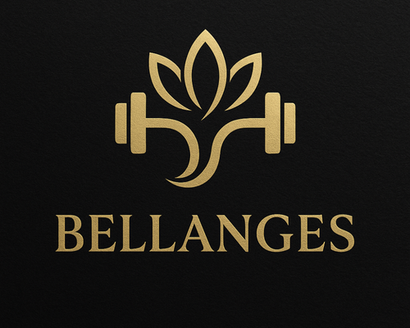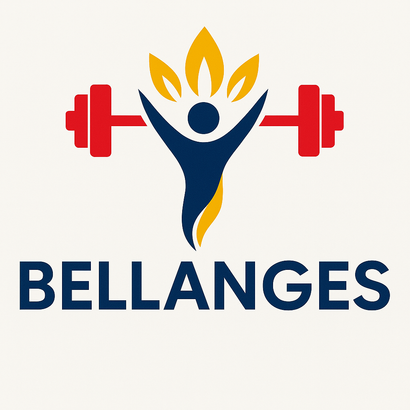Your Cart is Empty
The REAL Reason Food Dyes are Still Legal in the US -But Banned in Europe
12 Jun, 2025 23
The REAL Reason Food Dyes are Still Legal in the US (But Banned in Europe)
Why are certain food dyes still legal in the United States, while Europe has banned or restricted them for years? It’s not because American regulators don’t know what the science says. It’s more complicated than that—and it has everything to do with history, commerce, and how differently these two places handle food safety.
Let’s start with what we’re talking about. In the US, many processed foods get their bright reds, yellows, and blues from synthetic dyes like Red 40, Yellow 5, and Yellow 6. These artificial colors are found in everything from breakfast cereals to sodas to salad dressings. In Europe, however, the exact same dyes are heavily restricted—or require warning labels so explicit that most food companies avoid using them altogether.
So, why the gap? First, let’s talk about regulation. In Europe, they use something called the “precautionary principle.” If there’s reasonable doubt about a substance’s safety, regulators lean toward restricting or banning it—even if the science isn’t 100 percent settled. In the US, the approach is almost the opposite: unless there’s overwhelming evidence a food additive causes harm, it stays on the shelves.
That leads to a lot of bureaucratic inertia. In America, synthetic food dyes were approved back in the 1960s and 70s, when safety standards were looser and long-term health effects weren’t as well understood. Once something is already on the market, it’s very hard to take it away—especially when manufacturers have a big financial stake in those ingredients.
Food companies argue that artificial dyes are perfectly safe, pointing to studies mainly funded by the industry itself. Critics claim that these same dyes are linked to hyperactivity and behavioral issues, especially for some people. Europe’s regulators looked at the evidence, decided the risk wasn’t worth it, and forced companies to reformulate.
If you buy an orange soda in London, it’s colored with beta-carotene or paprika extract. In New York, it’s almost certainly got a splash of Yellow 6. Here’s the kicker: many big American brands already make dye-free versions of their products for Europe, proving it’s possible—there just isn’t much incentive to change things at home.
Why? Because reformulating products costs money, and US food labeling laws don’t force companies’ hands. Meanwhile, the FDA—chronically underfunded and facing pressure from industry lobbyists—moves slowly on tightening food dye regulations.
The result? US consumers eat more artificial dyes than almost anywhere else in the world, often without realizing it. The science may still be debated, but the reason food dyes persist in the US isn’t about safety—it’s about momentum, money, and a system that defaults to the status quo.
The next time you’re sipping something suspiciously bright, remember: your drink could be a lot more colorful than the laws that regulate it.




